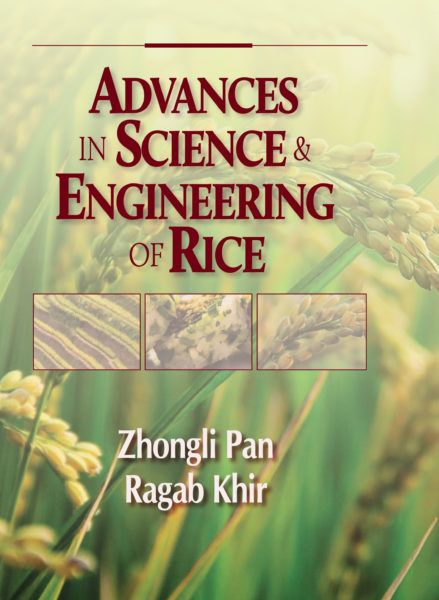TECH FLASH
Manufacturers replace silicon dioxide with organic rice hulls
Under an order from the USDA, food manufacturers that switch to using product made from organic rice hulls can keep organic claim.

A year ago, the USDA put organic food and beverage manufacturers on the clock to eliminate the use of silicon dioxide in their products by Nov. 3, or remove the organic claim.
Instead, manufacturers were urged to use ingredients made from organic rice hulls if available.
Organic is a big business. According to the Organic Trade Association, the US organic market grew 11.5 percent to $35 billion in 2013. With this growth, finding alternatives to silicon dioxide was imperative.
Used as a flow agent, silicon dioxide, is a synthetic ingredient that has been permitted since 1990 for use in organic products because there was no organic alternative. However, industry innovation has resulted in an alternative.
Food Engineering spoke with Steve Peirce, whose company, the St. Louis-based RIBUS, grew 150 percent in the past year because of its GMO-free and organic rice-based alternatives to synthetic ingredients. Peirce elaborated on how these organic rice hull products are affecting the industry.
FE: How did the Nu-FLOW product come about?
Peirce: I was in a spray dryer testing facility to evaluate some equipment, and they were looking for an alternative to silicon dioxide. When I asked what in silicon dioxide makes it work, I was told it was the silica. A few years earlier, our inventor had told me that “rice hulls contain more silica than any other crop raised by man.” At that point, a light went off in my head, and when I got back to my office, I began the process of evaluating the silica content in rice hulls to function as a substitute for silicon dioxide.
FE: How was the need identified and implemented?
Peirce: The first focus was on organic spices, as they seemed most logical for a “clean label” ingredient. Organic products cannot use irradiation for sterilization, and silicon dioxide, a synthetic ingredient, was only placed on the list of permitted organic ingredients because there was no alternative. We approached many spice makers, seasoning makers and powder handlers to determine if they were interested in an alternative and found they were indeed, and they wanted it soon!
FE: How is the Nu-FLOW product produced?
Peirce: Rice hulls are steam sterilized ground, sifted, and packaged. While the process is not patented, the application and finished product are.
FE: What are the similarities and differences between the products (Nu-FLOW vs. silicon dioxide)?
Peirce: Silicon dioxide is pure silica while Nu-FLOW is about 20 percent silica and approximately 70 percent fiber. In about 95 percent of the applications, we have seen a 1:1 replacement. Electron microscopy analysis has shown the fiber looks as if it is “silica impregnated.” It is a uniform distribution of silica embedded in the fiber that allows the two items to work together. Mother Nature got it right with the combination of the two components, and RIBUS simply found the right source for these applications. In some applications, the fiber provides very nice absorption of either moisture or oils. Some customers prefer Nu-FLOW, as they say it absorbs more moisture than silicon dioxide.
FE: Where can the product be used?
Peirce: The applications are very similar, if not identical, to those of silicon dioxide. Today, they range from spices to seasonings, dry gravy mixes, beverages and dietary supplements such as tablets, capsules, and drinks.
FE: What difference has the deadline made in terms of awareness?
Peirce: The USDA deadline has created a great deal of awareness that a certified organic alternative exists. The organic industry has been very good about saying, “If there is a natural or organic alternative, I want to use it.” The number of trials with organic products is way up, as are adoption rates and the number of new customers.
What RIBUS offers is an alternative to silicon dioxide. It is not “nature identical” but provides the same results for the majority of uses, other than as a defoamer. We offer the processor a choice of similar or identical functionality, but with a clean label statement meaning the ingredients don’t sound like they are something from a chemistry lab.
While organic customers are responding to the change in USDA’s “National List” of allowed ingredients, there is even greater demand from “natural” processors, even where there is no legislative requirement. The natural customers are responding to consumer demand for cleaner labels and the functionality the ingredient provides.
Looking for a reprint of this article?
From high-res PDFs to custom plaques, order your copy today!







